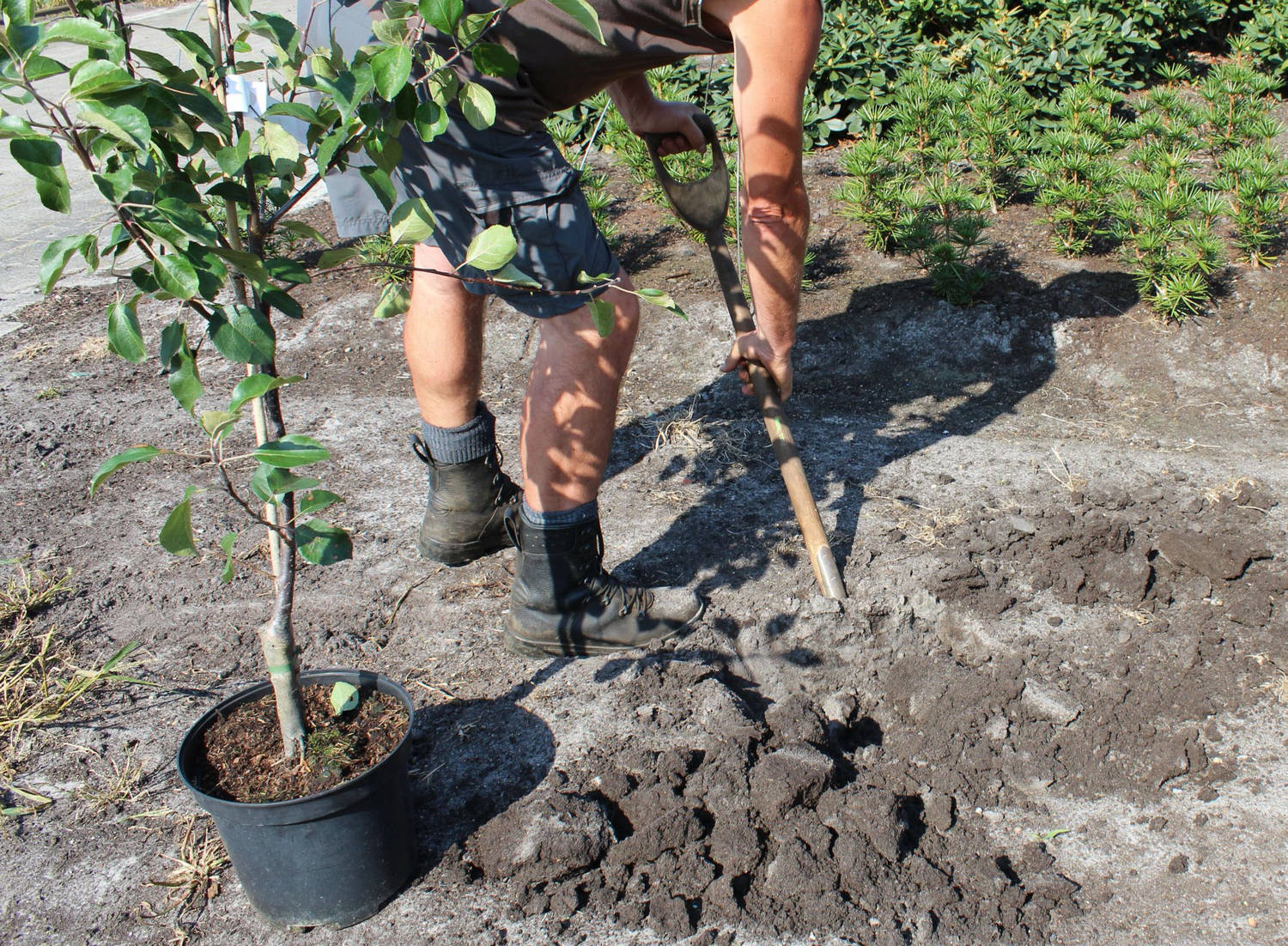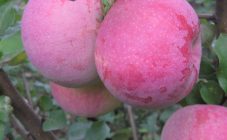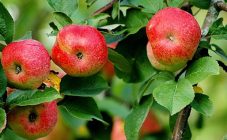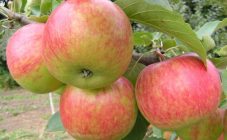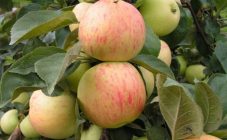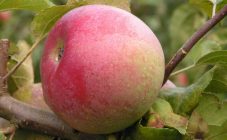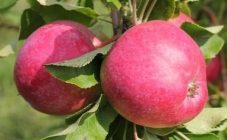Content:
Apple-tree Beauty of Moscow is a domestic winter variety. The trees are distinguished by good agronomic characteristics, including good yields, winter hardiness, and disease resistance. Even unripe apple fruits have a refreshing sweet and sour taste and good aroma.
Red Moscow apple tree description
The author of the hybrid is the famous domestic breeder Yevgeny Kemendrovsky. For crossing, he chose Antonovka and Welsey varieties. The result is a tall, strong tree with a skeletal structure of branches that grow almost horizontally.
The height of the tree is 4-5 meters. The pyramidal crown grows sprawling. It is painted in gray tones. The ringlets are arranged alternately. The foliage of the apple tree is round and dense. Fruits usually appear at the ends of last year's shoots.
The lentils on the branches are convex and small in size. The areas between the nodes on the stem are short. The buds are greenish brown in color. They grow tightly pressed against a branch and resemble a cone in appearance. The length of the branches of the apple tree is medium, and the color is brown.
Apple-tree Moscow Beauty is distinguished by very large dense leaves. These green plates have crenate edges and a soft edge on the seamy side. Stipules on petioles are round and lancet-shaped.
The apples have the correct symmetrical structure. The cross-sectional diameters of the fruits are the same. Light green pulp is dense and fine-grained. During storage, the color may change and become yellowish. Fruits come across large and uniform. They are green and smooth with a red blurred pattern that takes up a significant amount of space on the apple, and small strokes.
The peduncle is of medium size and length. The funnel of apples is wide and moderately deep. Short cup tube, half coated. Small seeds are closed and brown in color.
Agrotechnics
Choosing a place for planting a hybrid
For good yields, the tree is planted in an area that meets certain characteristics. These include:
- the place is well lit by the sun;
- lack of water stagnation;
- slight acidity of the earth, pH - not higher than 6.0;
- give preference to sandy loam, floodplain or loamy soils; leached chernozems are also suitable;
- the land should be loose in structure.
If the first condition is not met, less sugar accumulates in apples, which greatly affects the taste of the fruit. In addition, the tree will give a modest harvest. If there is an excess of water in the ground, good drainage will be needed. Plus the seedling will appreciate the breathable soil.
Apple tree planting technology
The main condition for the survival of the hybrid is considered to be the correct time for planting the seedling. For this, 2 seasons are suitable:
- fall;
- Spring.
In order for a seedling to take root well in a new place, it needs at least a month before the onset of cold weather. Otherwise, he will not have time to adapt to winter and will die during the first frosts. If the hybrid is transplanted in the spring, then the branches on it are cut off.
If the purchased tree has a bare root system, then almost all the leaves are removed from it. Leave only a couple on each branch. You cannot cut the roots of the seedling, you can only straighten it. The more of them a hybrid has, the faster it will take root in a new place.
Yablona needs a food area of at least 20-25 sq. m. The landing technology is as follows:
- Pit preparation. It is dug up a month before the expected date of planting the seedling. The desired size is 70 x 70 cm;
- Making a suitable primer. It is divided into three unequal parts. The largest remains at the bottom of the pit. 0.5 kg of superphosphate, 3 buckets of compost, 0.7 kg of wood ash or other potash fertilizers are added to it;
- Planting a seedling. In order for it to be correctly located in the pit, first sprinkle a second layer of soil there. A mound is made of it, which holds the roots of the hybrid in the desired form. Then the space between the pit and the ground is filled, along the way making a near-trunk circle. The seedling cannot be buried deeply in the ground, the root collar should be 5-7 cm higher than its level;
- Installing a peg and watering the apple tree.
In the first year after planting an apple tree, almost all flowers are removed from it. This is necessary in order for the hybrid to take root better. For better pollination, another type of apple tree is planted next to the seedling (but not closer than 4 meters).
At the age of 5, the tree begins to actively bear fruit. Half of the still green fruits are removed from the branches. This improves the taste characteristics of apples, and they acquire uniformity. This process is called yield rationing.
Hybrid follow-up care
Like any fruit tree, the beauty of Moscow apple tree needs care.
Caring for a tree contains a number of simple rules:
- The seedling should be fed in the spring. Here humus and horse humus (10-15 kg per 1 m²), urea (0.5-0.6 kg), ammonium and nitroammophos nitrate (30-40 grams) are suitable. Nitrogen cannot be used. Poor lands are fertilized every year, richer ones less often;
- Water the tree once a week, morning and evening. You will need 1 bucket of water per adult plant. In July-August, during the period of active fruiting and heat, watering of the apple tree can be slightly increased, and by September it is completely stopped. Thus, by autumn, the growth of shoots will stop, which will allow the tree to tolerate the first frosts well;
- For the cold weather, the apple tree must be prepared in advance. To do this, the soil is mulched with horse humus or covered with a special material. As the latter, you can use nylon tights. Roofing material or film cannot be used, since they do not allow moisture and air to pass to the roots;
- The trunk circle must be periodically loosened, removing all weeds from it. To protect the tree from rodents, a special mesh is pulled over it;
- Apple pruning is done in spring and when planting a seedling. The branches are reduced by one third. This should be done before the appearance of the kidneys. If branches fall on the ground or are close to it, then they are cut down.
The merits and demerits of culture
Apple-tree Beauty of Moscow, the description of which can be found above, has its pros and cons. The advantages of a hybrid include:
- high resistance to frost;
- good indicators of early maturity;
- great taste (tasting score is 4.8 points);
- excellent presentation of fruits;
- long storage of apples.
Apple tree The beauty of Moscow is a real star in any garden. Its fruits are fragrant and tasty, and a good yield will delight the owner.

